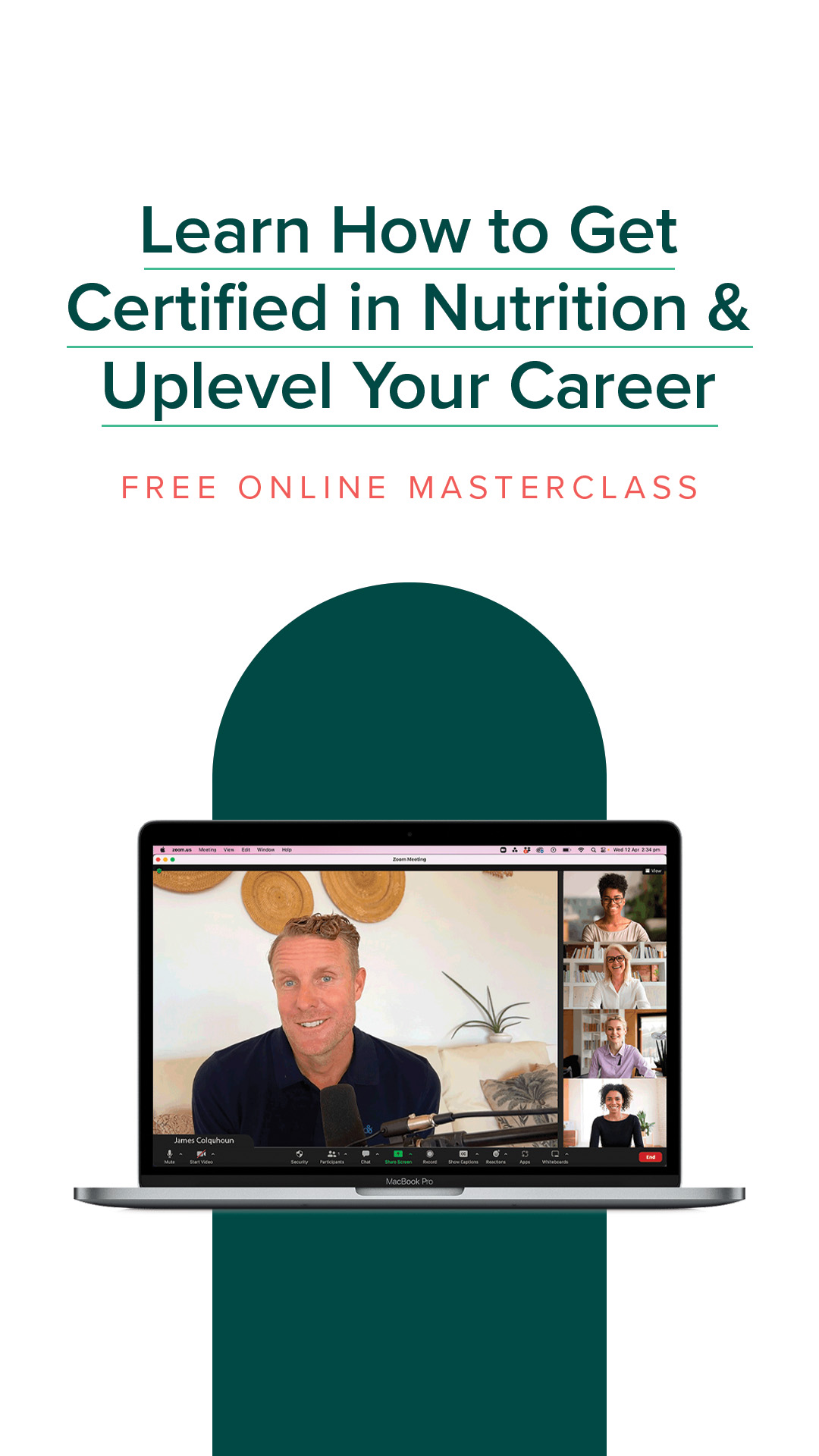10 Steps To Banish Burnout in 2021, For Good
We’ve come to know burnout as a feeling, but not a medical diagnosis. A lot of the time we put it down to stress at home, pressure at work, endless to-do lists, and a constant push for productivity, but for the sake of our overall wellbeing we need to look a little deeper.
In 2019 the World Health Organization officially recognized burnout as a legitimate medical condition and added it to the International Classification of Diseases. In the 1970s, Japanese work culture became so intense that the term ‘Karoshi’ became commonly used, translating to death by overwork. This usually involves death by a heart attack, stroke, or by suicide. And the term is telling of our current experiences of burnout, which have been amplified to a magnitude in the last 12 months with the stresses of COVID-19, it’s related impacts on daily life, and growing civil unrest that threatens the lives of many globally too.
Officially, WHO defines burnout as “chronic workplace stress that has not been successfully managed”, and characterizes the condition with the following symptoms: feelings of energy depletion or exhaustion; increased mental distance from one’s job, or feelings of negativism or cynicism related to one’s job; and reduced professional efficacy. But in the two years following this inclusion, we’re realizing that burnout encompasses so much more than just this.
We’re experiencing burnout in a big way and it’s more than just a cup of chamomile tea can fix. Collectively we’re overwhelmed and stressed, dependent on technology and social media, overcommitting to others, and not showing up for ourselves. We’re more than tired, we’re flat and fatigued and it’s leading to places of cynicism, detachment, and ineffectiveness - which our fear of is leading to burnout in the first place.
So let’s make 2021 the year that we banish burnout for good. The process is more than a temporary retreat or a monthly catch up with friends. Instead, we’re bringing daily practices into our homes that are realistic, practical, and proven to work. These 10 simple steps, when worked into everyday life, truly have the ability to bring us back from the brink of burnout before it’s too late.
1. Schedule In Your Daily Free Time
I’m someone who’s big on calendars and planners. In this constant state of on-the-go, between work and home, I need to keep tabs on my day so important things don’t slide. I’m guilty of carrying a day planner everywhere I go, using Google Home when I’m at home, relying on Siri when I’m out and about, being a stickler for work scheduling tools when I’m in the office, and somehow managing to make my day work in it all. But when your day is planned from start to finish, where do you fit in your downtime?
The answer lies in scheduling it in. It seems counterintuitive, but if you’re someone who religiously needs to plan every moment, then block out half an hour each day for you-time. No chores, no emails, just book-reading, jumper-knitting, podcast-listening time for yourself. With time you’ll learn to let go and surrender to this moment.
2. Foster A Regular Meditation Practice
It all begins with the breath. The healing, the re-wiring, the inner-peace… It starts with these mindful moments. Aside from being another moment to reflect, unwind, and take stock for the day, meditation has been proven in numerous scientific studies to reduce the long-term impacts of stress and rewire many neural pathways - including those that are obsessed with productivity and to-do lists. If you’re new to mediation, there are amazing free apps like Headspace, Balance, Calm, and Insight Timer that offer courses suited to any beginner, or you can explore some of our Food Matters favorites here.
3. Bring In Morning & Nighttime Routines
Just as routines can set us up for productivity, they can set us up for success in other areas of our lives - including burnout. Both morning and evening routines can be really useful tools to help us give our bodies just what they need. For instance, where I live on the beautiful Sunshine Coast, we’re an early-rising community and most of us head to bed early too, because this makes the most of each glorious day.
My morning routine often involves getting all of the fun stuff for my day out of the way before heading to work. I wake, meditate, journal, and move my body. Sometimes I go for a walk to the beach, other days I go for coffee with friends. I cook a nourishing breakfast and then begin to get ready for work - because this is working in my moments for self each day (see: Step 1). My nighttime routine is more simple; skincare, winding down activities like reading or knitting, and lights out. What works for you might be totally different, but you can weave in these moments to yourself and the following steps within these routines.
4. Support Your Body With Healthy Foods
It can be confronting to consider how diet is feeding into burnout and in turn, how burnout is influencing your diet, but the relationship can’t be ignored any longer. Some foods provide our bodies with the right kinds of energy and nourishment we need to get through periods of extended stress, like organic wholefoods, lots of fruits and vegetables, healthy fats, adequate and complete protein sources, and superfoods that support us. Other poorly produced foods laden with chemicals can actually have a negative impact on our physical and mental health.
The flip side of the coin is that when we’re stressed out and burnt out, we often don’t have the time or the mental capacity to consider and create healthy meals and we grab the cheapest, most convenient option that we perceive will answer our body’s needs at the time - and more often than not, it’s not what we actually need to support ourselves through this stress. So where possible, reach for those meals that are going to nourish you from the inside out
5. Take Time For Yourself; One Day Per Week
As you begin to get used to the idea of taking moments for yourself each day, push yourself out of your comfort zone even further. Set aside a whole day each week, just for you. This isn’t a day where you buy your groceries, pay your bills, do the washing, and tidy the house - that can be done at another time. This is a day entirely for you, where you get to do whatever you like. This could be going to the beach if you’re lucky to live in Australia, this could be re-reading your all-time favorite book if you’re spending your days inside. It can be absolutely anything you want (and are able to do) - that’s the beauty of it. Because we exist to do more than simply tick things off of a to-do list.
6. Reduce Your Screen Time, Turn On Do Not Disturb
Each Monday morning, Apple sends through a screen time report telling me how many hours I’ve spent staring at just my phone for the last 7 days. That doesn’t include time in the office or evenings spent watching TV. At first the number alarmed me (where does one find six hours a day for an iPhone!?), and these days I’ve started swiping past the reports because I don’t want to know. But the truth is we need to be taking steps to reduce our screen time, and the tech giants have made it incredibly hard to do!
Smartphones, laptops, iPads, TVs… They’re all designed to be addictive, to keep us hooked and entertained, and to stimulate us at any given second. When you consider it, a whole world exists in that palm-sized device, and it’s almost impossible to take a break from. So instead, consider turning off your notifications to unimportant apps, and let people know if they need to contact you, to give you a call. Log out of your work emails over the weekend, set your out of office email for the holidays, and turn your phone on do not disturb overnight. It is going to feel strange and agitating at first, but soon you’ll begin to find peace in the process.
7. Practice Saying No, And Say It Often
I made a promise a few years ago to become more of a yes-girl. I wasn’t taking advantage of the opportunities and adventures coming my way, and I was missing out. And when I started saying yes more, I embraced that process wholeheartedly and forgot how to say no. What banishing burnout comes back to is balance, and finding the right balance for you - which means choosing your yesses, and be comfortable saying your nos. Then say them often. By doing this you’ll be living a life true what you really want, and it becomes a lesson in setting your boundaries (see: Step 10).
8. Keep The Home Office In The Home Office
While some of us have had the opportunity to work from home in the past, these last 12 months have led to a WFH culture like we’ve never seen before, further blurring the lines between home life and work life. These are strange times, and the current reality of remote work was thrust upon most of us in a matter of days, so understandably there are going to be significant teething issues, including that all-consuming sensation of work-related burnout.
A simple step you can take is to keep the home office in the home office. You may be lucky enough to practice this literally, where you can close the door and leave at the end of the day as you would have a year previously. If your home office is a tiny desk at the end of your bed, try to practice the same there too - keep work within work hours, put your laptop away at the end of the day, and set aside that space (and solely that space) to work each day. This separation between work and home life is incredibly important for banishing burnout.
9. Unpack The Idea of Busy-ness & Productivity Culture
Why are we so obsessed with being busy? So many of us wear it like a badge of honor as if in some silent competition about who’s to-do list is the biggest. But by doing so we’re pushing ourselves to the extremities of our capabilities, and our health is suffering because of it. Start a conversation among your friends, family, or workmates about busy-ness - what it means to each of you, why it’s needed each day, and work together to find a healthier way around. It’s going to take a long time to push through these older habits and beliefs, but when you’re supported by a like-minded collective, the way through it seems a lot easier.
10. Draw Your Boundaries, Then Honour Them
Boundaries are tricky. How do you say no to your boss, or tell your loved ones, ‘not today’. Many of us are people-pleasers by nature, not out of a desire to be loved, but as if we don’t want to let anyone down. Yet by ignoring our own boundaries we end up letting down the most important person, ourselves. Boundaries look different to everyone, but we need to begin expressing them so they can be understood and honored. This works in turn with honoring the boundaries of those around us, too. And by doing so, we begin to live a burnout-free life within the realms of possibility.










